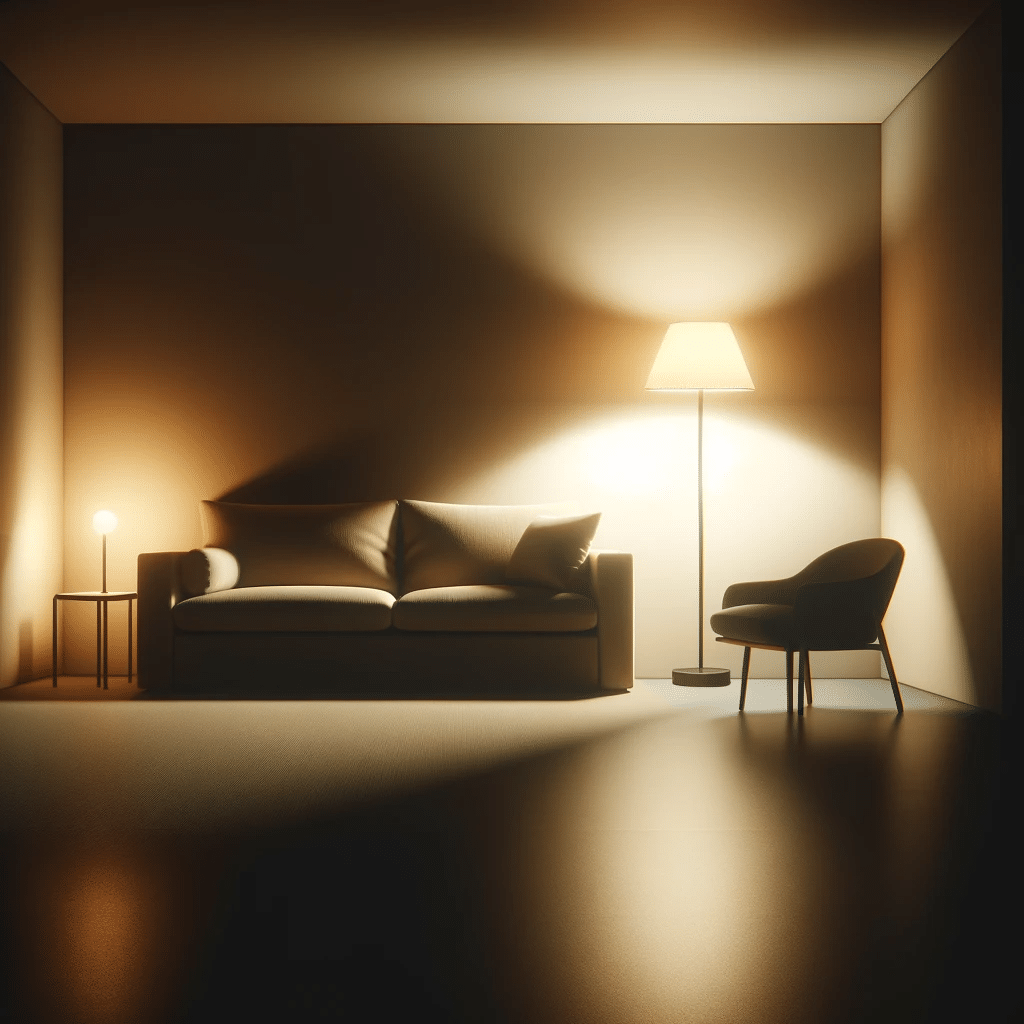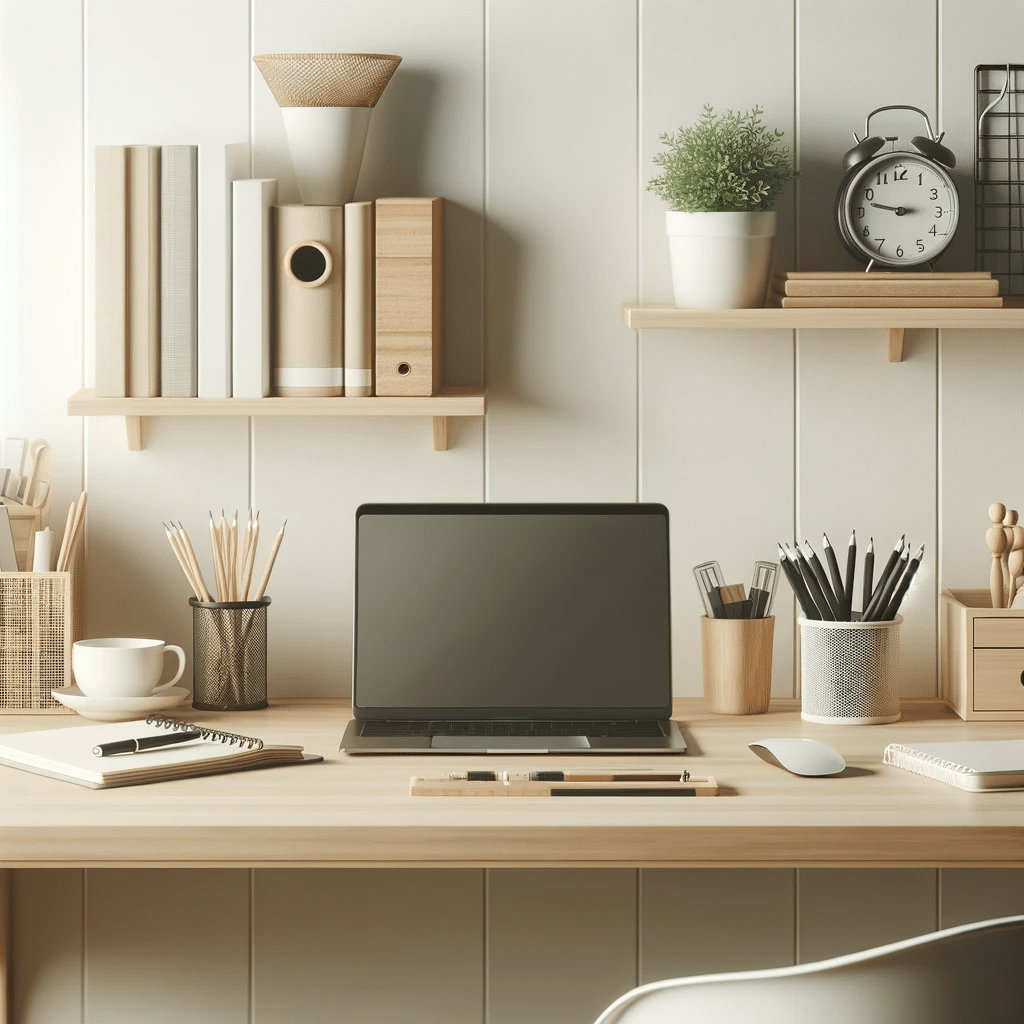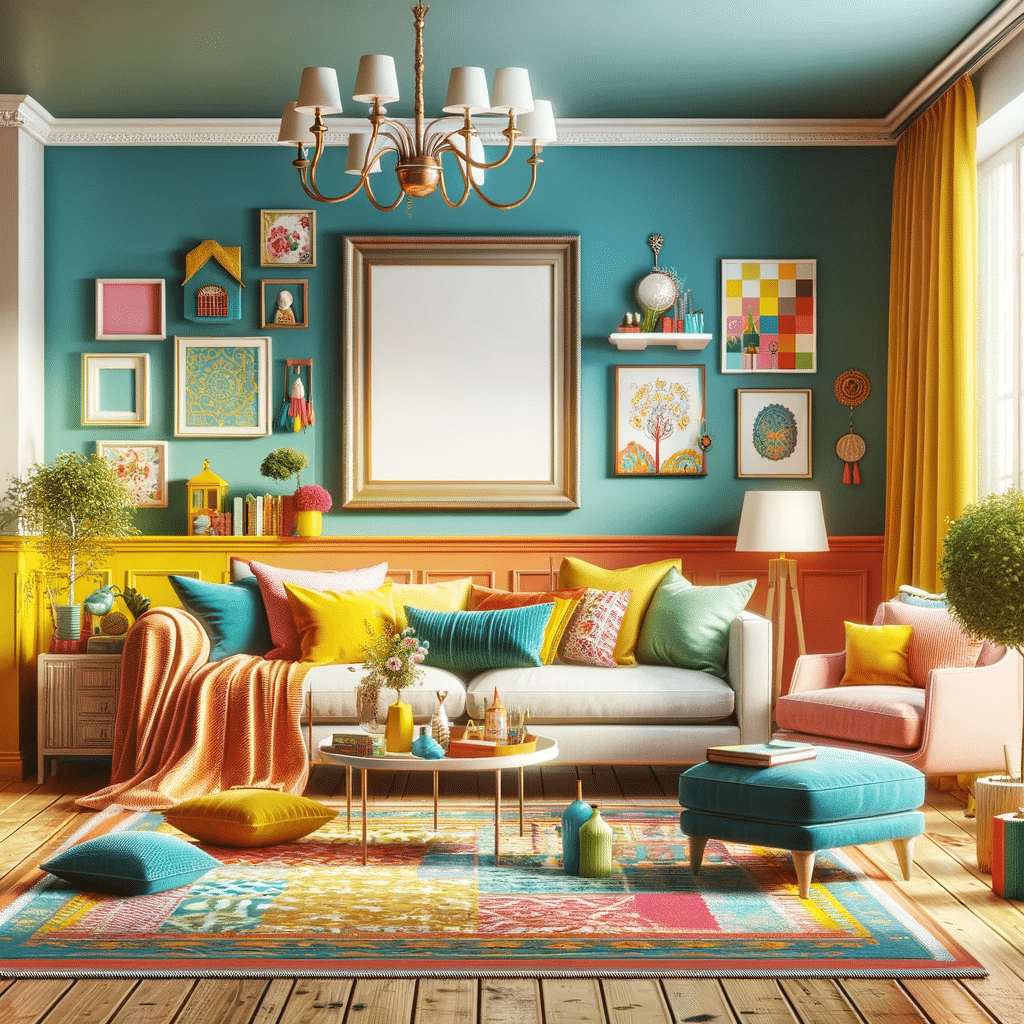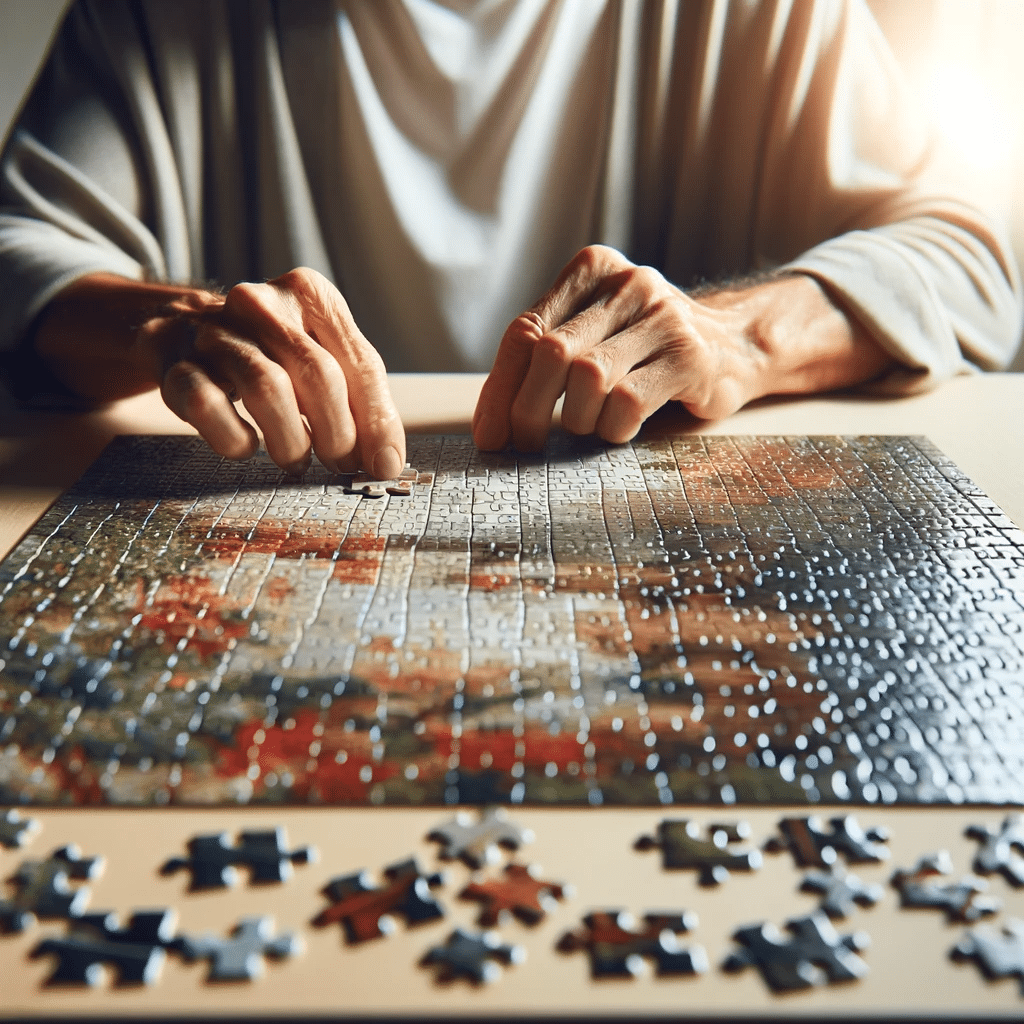In a world not always accommodating to neurodivergent individuals, mastering sensory balance is key. In this article, discover how to navigate and adapt to visual overstimulation and understimulation with practical, science-backed strategies.
Sensory overstimulation, a common challenge for about 15-20% of the population, including a significant number of those who are neurodivergent, can lead to overwhelming feelings, anxiety, and difficulty navigating everyday environments. Conversely, sensory understimulation, less discussed but equally impactful, can result in restlessness, concentration challenges, and an unmet need for sensory engagement.
Related: What is Sensory Processing Disorder?: Symptoms, Causes, and Treatments
In the first in a series on overstimulation and understimulation in each of the 7 senses, we are considering 10 strategies to help someone whose visual sense is overstimulated, and 10 further strategies for someone who’s visual sensory profile is one of understimulation. Each method is presented with empathy and understanding, often through first hand experience of implementing them in our own daily life, as well as by scientific insights.
Further articles will look at strategies to help those who struggle with sound, smell, touch, taste, as well as the vestibular and proprioceptive senses. Hopefully by sharing these strategies, we can provide support to neurodivergent individuals and their families, helping them find a sensory balance that aligns with their unique sensory profiles.
Overstimulation of any sensory element is often something that manifests as someone who is clearly experiencing distress. The overstimulation affects the brain’s ability to self regulate and process information clearly, resulting in the appearance of irritation, annoyance, physical revulsion to a stimuli and even actual pain.Understanding sensory strategies that can help is a crucial skill for those in the neurodivergent community facing visual overstimulation.
Bright or harsh lights can often be almost painful for someone who is visually overstimulated. Dimming lights is a simple yet effective sensory strategy for neurodivergent individuals to manage visual stimulation

Wearing sunglasses, especially those with tinted or polarized lenses, can help manage bright lights and glare both inside and in the outside world.
Taking regular breaks from visually demanding tasks, like computer work or reading, helps prevent sensory overload. This can also help when in an environment that is not suitably adjusted for someone with visual overstimulation, taking breaks from the bright environment.
When the world around is giving too many sources of visual stimulation, it can help to focus on a single object or point, reducing the strain of processing too much visual information at once.
Looking at natural, less stimulating environments like greenery or water bodies can often be soothing, and allow self-regulation.

Surrounding oneself with calming colours, such as soft blues or greens, can create a more visually relaxing environment. Additionally, being in an environment that has only 1 or 2 colours, particularly if they are muted, can aid in feeling more regulated after a period of visual overstimulation.
Many Neurodivergent people report that they find keeping surroundings uncluttered and organized minimises visual chaos. This can be challenging however for those who find organisation difficult due to their neurodiversity, such as those who are ADHD.

Visual overstimulation can often lead to one’s mind racing and feeling of anxiety and nerves. Practicing deep, slow breathing while closing one’s eyes can help reset and calm the mind. This can be particularly effective when paired with moving to a room with dimmed lights or muted colours.
Some people may find that when feeling visually overstimulated they benefit from limiting exposure to screens, particularly those with bright and flickering lights. However be aware that a lot of neurodivergent people find they need the escape of using a tablet or device to self-regulate, so only implement if you know it is going to be beneficial. Alternatively, look to activate the blue light mode that most devices now come with, to lessen the impact of the screens.
Use sensory tools like dimmable lamps, or window shades to control light levels in one’s environment. This can be very empowering when used to create a sensory safe room that the user can retreat to when they feel disregulated.
Related: Understanding the 7 Senses: Navigating Overstimulation and Understimulation in Everyday Life
Often when thinking about someone’s sensory profile, it is easy to only consider those that are overstimulated. This is because someone who is understimulated may not exhibit as blatantly obvious symptoms. Rather than appearing clearly distressed or struggling with their environment, they may rather exhibit symptoms of shutting down or detaching from the world around them.However, addressing sensory understimulation is equally vital for the neurodiversity community, offering beneficial strategies for visual engagement. In fact often when looking to help someone who is understimulated, first considering the opposite of the strategies for overstimulation can be beneficial:
Considering ways to gently increase the level of lighting in a room can enhance visual stimulation. This should be done slowly if possible to avoid flipping the person from under to over stimulated instantly.
Dull and monotone environments, whilst helpful for overstimulation, can cause distress to someone who is understimulated. Introducing vibrant colours and patterns in personal spaces can balance this and stimulate visual senses.

Alongside brighter colours, incorporating different textures in the environment, like textured wallpapers or art, can also provide visual interest.
Watching visually dynamic content, such as nature documentaries or kaleidoscopic videos, can be stimulating. Sites like YouTube can be particularly useful for resources like this, especially if the person is younger and prefers less structured visuals.
Engaging in activities that require additional visual input, like doing jigsaw puzzles or looking at optical illusions can give the extra visual stimulation needed to help regulate.

Participating in art-making, such as painting or digital design, provides creative visual engagement. Be careful to consider the way the touch sense may be impacted by any potential mess of paint, unless the person is also understimulated in that sense as well.
Spending time in diverse natural settings, which offer a wide range of visual stimuli, can be invigorating. As this is a less controlled environment, consider starting with small walks and building up in increments, to ensure that any unexpected stimuli do not negate the benefits achieved.
Using gadgets like lava lamps, light projectors, or LED colour-changing lights can increase visual input. These can be great if motion sensored or touch operated, as they allow the user to have more control over their surroundings and therefore self regulation. Some can also be paired with a music element, to help with audio stimulation.
Visiting visually rich places like art galleries, botanical gardens, or vibrant urban areas can be stimulating. As with nature walks, ensure to start with small increments, or visit at quieter times to allow for acclimatisation and to lessen the risk of uncontrolled stimulation of other kinds.
Engaging in crafting activities, which often involve a variety of colours and patterns, can be both a mentally soothing and visually stimulating way to help with self-regulation, allowing a way to show self expression as well as compliment an understimulated sensory profile.

In summary, there are numerous sensory strategies for individuals, especially within the neurodivergent community, to manage their visual sensory stimulation effectively. Whether they are under or over stimulated, being aware of the techniques that may bring them relief and help to self-regulate will make a massive difference to everyday life.
This is by no means an exhaustive list, rather a jumping off point for considering what else might help deal with visual over/under sensory stimulation. It is important to remember that sensory profiles can change day to day and situation to situation. A person may find they are overstimulated one day and understimulated the next. By working together and thinking about others, hopefully we can help spread awareness and understanding, creating a more caring world in the process.
Swatches are only available to order from the United Kingdom.